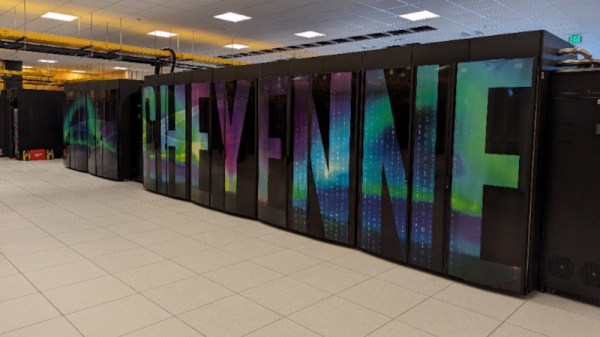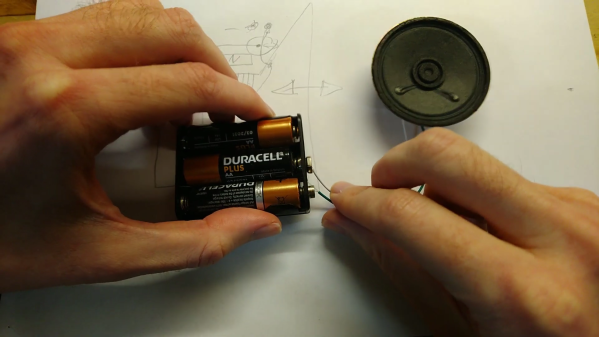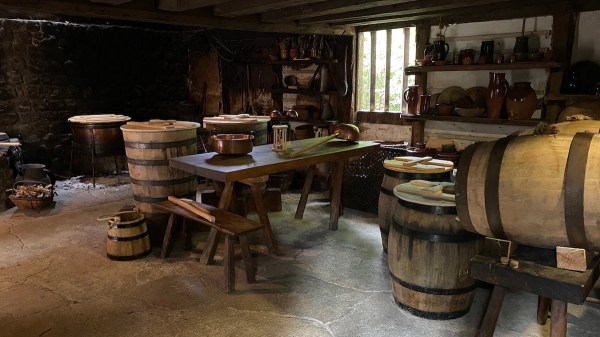In the previous installment in this series we looked at how to set up an Ada development environment, and how to compile and run a simple Ada application. Building upon this foundation, we will now look at how to create more complex applications, along with how to parse and use arguments passed to Ada applications on the command line (CLI). After all, passing flags and strings to CLI applications when we launch them is a crucial part of user interaction, as well as when automating systems as is the case with system services.
The way that a program is built-up is also essential, as well-organized code eases maintenance and promotes code reusability through e.g. modularity. In Ada you can organize subprograms (i.e. functions and procedures) in a declarative fashion as stand-alone units, as well as embed subprograms in other subprograms. Another option is packages, which roughly correspond to C++ namespaces, while tagged types are the equivalent of classes. In the previous article we already saw the use of a package, when we used the Ada.Text_IO package to output text to the CLI. In this article we’ll look at how to write our own alongside handling command line input, after a word about the role of the binding phase during the building of an Ada application.
Continue reading “Programming Ada: Packages And Command Line Applications”


















